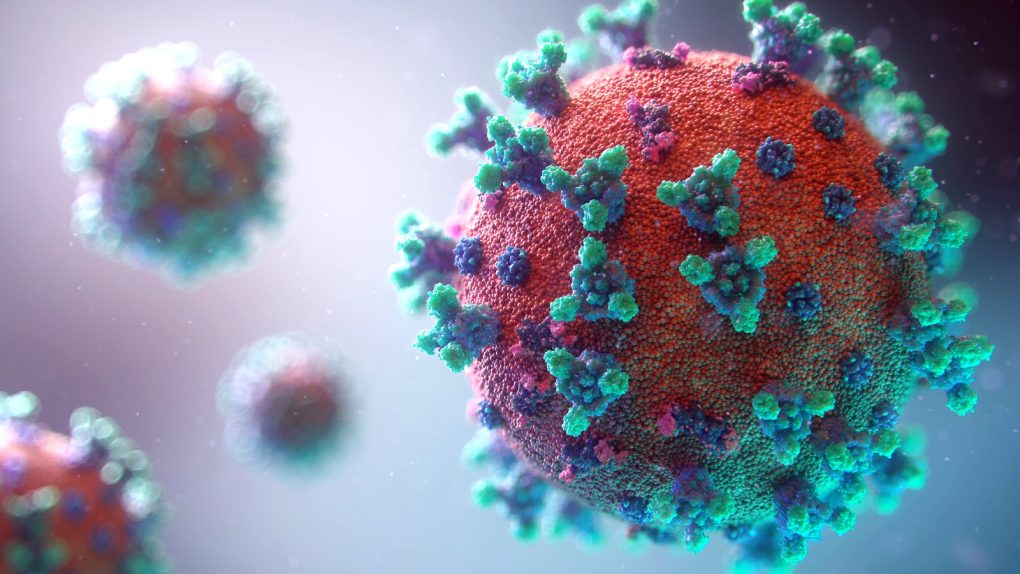- The coronavirus is surging across the country, but the situation in California is especially grim.
- California this month became the first state to report more than 30,000 new infections over a 24-hour period.
- California is now seeing more COVID-19 cases than most countries across the world.
With winter right around the corner, all of the dire projections health experts warned us about are unfortunately coming true. Coronavirus infections are skyrocketing, the death rate is at record-level, and an influx of new patients is putting a dangerous strain on ICUs at scores of hospitals across the country. Over the last two weeks alone, coronavirus cases are up nearly 29% while coronavirus-related deaths are up nearly 58% during that same timeframe. Consider this: the average number of daily new coronavirus cases is now 10x higher than it was back in June.
Again, health experts warned that this was going to happen months ago. Back in October, for example, Michael Osterholm — a prominent infectious disease doctor who works at the Center for Infectious Disease Research and Policy at the University of Minnesota — said that December and January “are going to be the darkest of the entire pandemic.”
BGR’s Top Deal of the Day

To date, the U.S. has seen more than 17 million coronavirus cases and more than 307,000 deaths. And through it all, California, more than any other state, is bearing the brunt of it all. In fact, the Washington Post recently observed that California is currently seeing more coronavirus cases than most other countries.
Earlier this month, California reported more than 30,000 new coronavirus cases in a 24-hour period, the first time any state had reached that threshold. Since then, a dire situation has become even worse.
The New York Times reports:
At least 398 new coronavirus deaths and 60,941 new cases were reported in California on Dec. 16. Over the past week, there has been an average of 36,973 cases per day, an increase of 147 percent from the average two weeks earlier.
Meanwhile, coronavirus-related deaths and hospitalizations in California over the past two weeks jumped by 209% and 71%, respectively. All told, the state has seen more than 1.7 million coronavirus cases and nearly 22,000 deaths.
As a point of comparison, India and Brazil are currently experiencing about 25,000 and 27,000 new COVID-19 infections every 24-hours.
In light of the above, it’s hardly a surprise that California recently implemented the strictest coronavirus lockdown measures in the country. As it stands now, private gatherings are banned for most residents across the entire state. What’s more, stay-at-home orders are in effect for any region that has less than 15% ICU availability in hospitals. Once a stay-at-home order goes into effect, it remains active for a minimum of three weeks. That being the case, the majority of California will remain under a stay-at-home order through the Christmas holiday and, perhaps, well into January.
Other states currently experiencing a spike in coronavirus cases include Tennessee, Arizona, Alabama, and Rhode Island. Arizona, which is certainly no stranger to coronavirus outbreaks, has seen the number of new COVID-19 cases in the state jump by more than 50% over the last two weeks. Coronavirus-related deaths, meanwhile, have increased by 111%.
The silver lining to all of this discouraging news is that coronavirus vaccines from Pfizer and Moderna were found to be 94.5% effective in clinical trials. Once a majority of Americans receive the vaccine, Dr. Fauci believes that we might see a return to a normal way of life in June at the absolute earliest.
“If we have a smooth vaccination program where everybody steps to the plate quickly,” Fauci said earlier this week, “we could get back to some form of normality reasonably quickly into the summer and certainly into the fall.”
“My hope and my projection,” Fauci went on to say, “is that if we get people vaccinated en masse so that we get that large percentage of the population, as we get into the fall, we can get real comfort about people being in schools, safe in school. That’s what I hope and project we would do if we get everybody vaccinated.”








